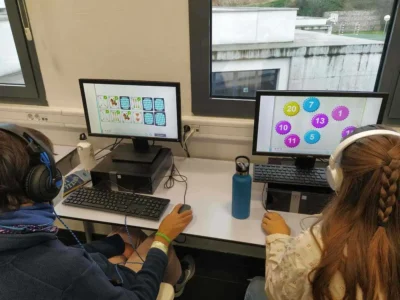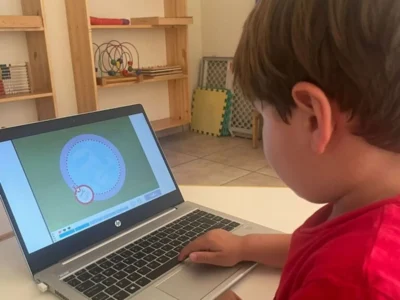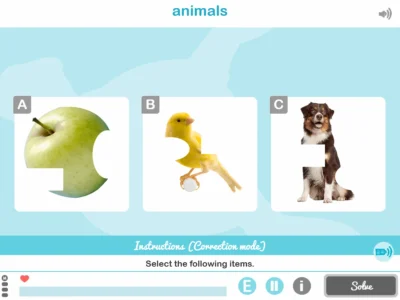The child psychologist of the Catalan Association of Fragile X Syndrome, Laura Ruiz, recounts the organization’s and its users experience with NeuronUP. She also explains their new line of work focused on the cognitive stimulation of boys and girls aged between 6 and 12 affected by FXS.
What is Fragile X syndrome?
Fragile X chromosome syndrome (FXS) is a hereditary genetic disorder linked to the X chromosome, and occurs due to an alteration in the production of a protein called FMRP, considered essential for brain development.
It is estimated that it affects 1 in 4,000 boys and 1 in 6,000 girls. 1 in 250 women is a carrier without having evident manifestations. Although it is a rare syndrome, it is the leading cause of inherited intellectual disability.
Characteristics of Fragile X syndrome
FXS causes difficulties ranging from learning problems to a reduction in intellectual capacity. Autistic traits also appear, as well as traits of ADHD and impulsivity.
FXS manifests differently in boys and girls. In girls, cognitive impairment is milder, and difficulties in mathematics often appear. However, they tend to present greater social anxiety.
The Catalan Fragile X Syndrome Association
The Catalan Fragile X Syndrome Association was founded in 1995 by a group of parents with children diagnosed with FXS. We are currently an organization with more than 180 members that brings together family members and professionals around FXS. One of our basic objectives is to offer support and guidance to families who have received a diagnosis.
Our experience with NeuronUP
At the end of 2018 we started the PAI (Child Care Program), a new line of work focused on cognitive stimulation for boys and girls aged between 6 and 12 affected by FXS. For this we work with the NeuronUP platform, which offers us a wide variety of interactive material via tablet or computer.
What do we work on with NeuronUP?
In our case, we have focused the PAI on working on attention as the main objective, since we saw that it was the most affected function in our children, due to their high impulsivity. Furthermore, we consider that attention is the basis for being able to acquire new, more complex types of knowledge (language, comprehension, numbers, etc.). Without attention, learning is practically impossible.
Within this, we focus on two types of attention: sustained attention and selective attention. We combine the NeuronUP platform with two other types of materials: manipulative (interlocking pieces, Jigsaw Puzzles, etc.) and paper worksheets.
When we begin working with each child, we carry out an initial assessment and design specific objectives for each one, also taking into account the needs and concerns of the family, through an initial Press Conference.
What has NeuronUP provided us?
NeuronUP allows us to work comfortably with the tablet, as well as design personalized activities for each child (it allows modifying difficulty based on the number of items, adding or not a timer, self-correction, etc.). It also allows scheduling sessions and saving exercises with each user’s names.
The variety of material is another variable that enriches the sessions, as well as the type of activities, which, being interactive and incorporating sounds, increase the child’s motivation. After each correct answer, a tick green and a sound appear indicating that the answer is correct.
The mind that opens to a new idea will never return to its original size
Albert Einstein.
If you liked this post about the Fragile X syndrome, you might also be interested in:
“This article has been translated. Link to the original article in Spanish:”
El síndrome X frágil contado desde dentro







 Neuropsychological Consequences of COVID-19
Neuropsychological Consequences of COVID-19
Leave a Reply